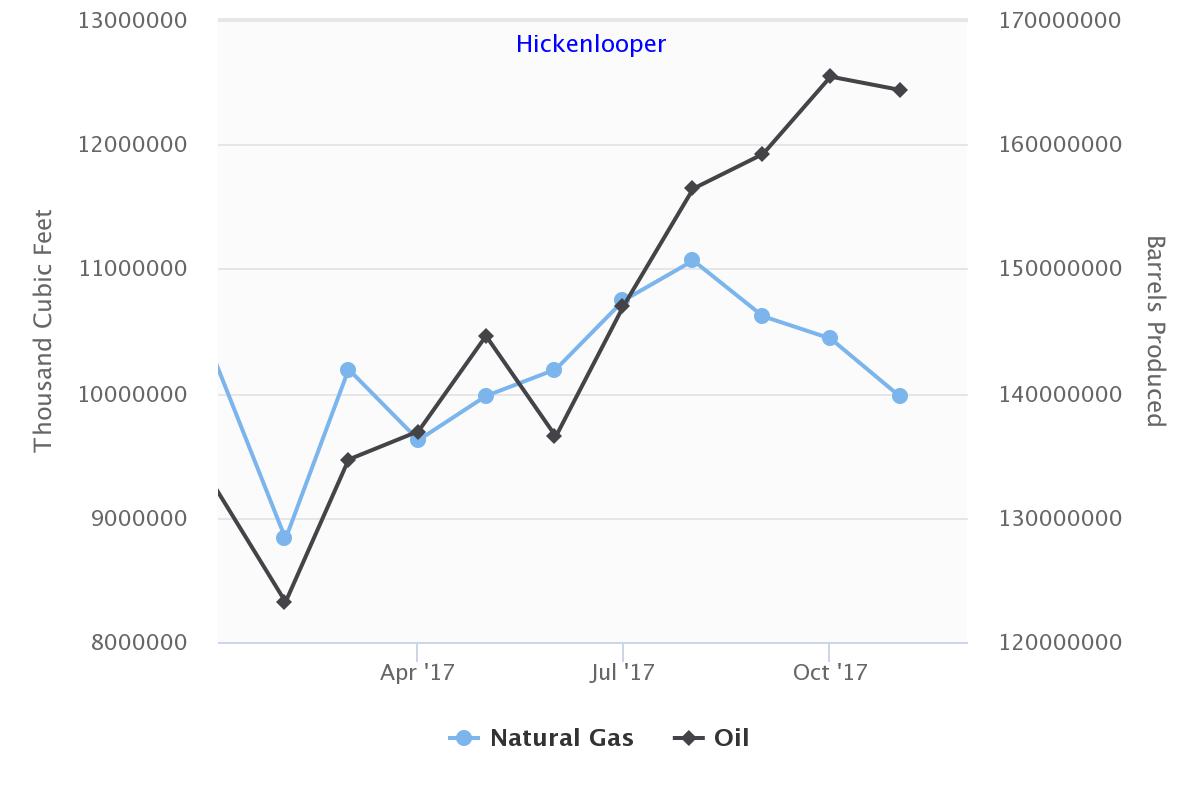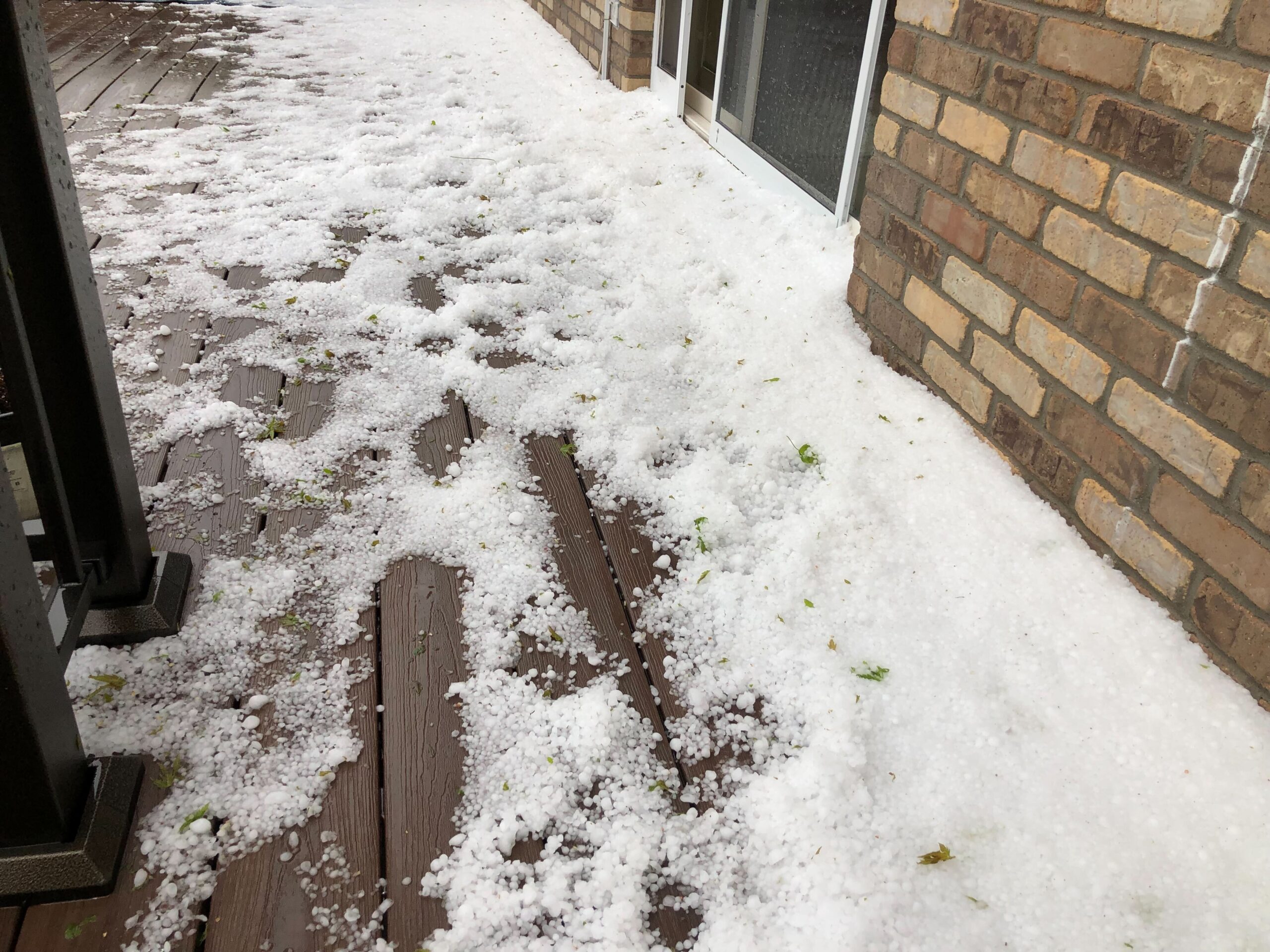
Another month, another expected record. The Energy Information Administration estimates drillers in the Niobrara region will produce 579,000 barrels of oil per day in March.
The sweet spot of the Niobrara is in Colorado’s Weld County, where there are 23,753 active oil and gas wells.
Producers are responding to prices. Oil prices have risen steadily since summer of 2017, from as low as $43 in June to over $60 a barrel for much of January and February. Saudi Arabia may have given a lift to prices by announcing it would maintain production cuts through the end of 2018.
At first glance the numbers don’t make sense. There are record levels of oil production in Colorado, but the number of drill rigs working in the state hasn’t moved much. Baker Hughes reports 32 rigs operating in Colorado at last count, and the number of rigs has hovered in the mid-30’s for much of the recent upswing in production.
“Rigs are only one part of the picture,” says Bernadette Johnson, vice president of Market Intelligence at DrillingInfo in Littleton, Colorado. “What matters more is how quickly those rigs can drill wells, and how big those wells are.”
“In a nutshell, [Colorado] operators can now do more with less and are growing production volumes as a result.”
Operators are also drawing down their stockpiles of “drilled but uncompleted wells” — DUCs in industry speak. These are wells that were previously drilled, but not finished. The number of DUC wells in the Niobrara peaked in 2016 with 792. But producers are now completing those wells. The Energy Information Administration reported the number of uncompleted wells fell to 553, the lowest level since November of 2014.
More new wells are on way however. The Colorado Oil and Gas Conservation Commission reported receiving 5,548 applications to drill in 2017, up 70 percent over 2016, and the most in at least six years.









